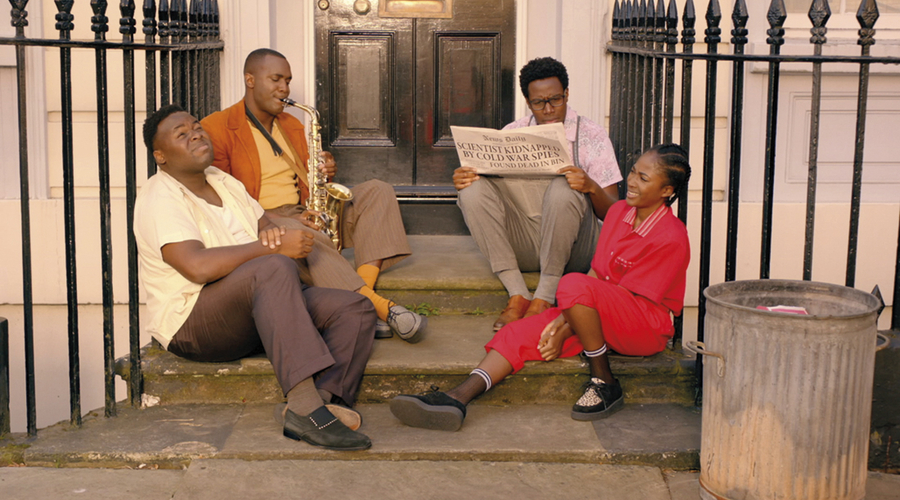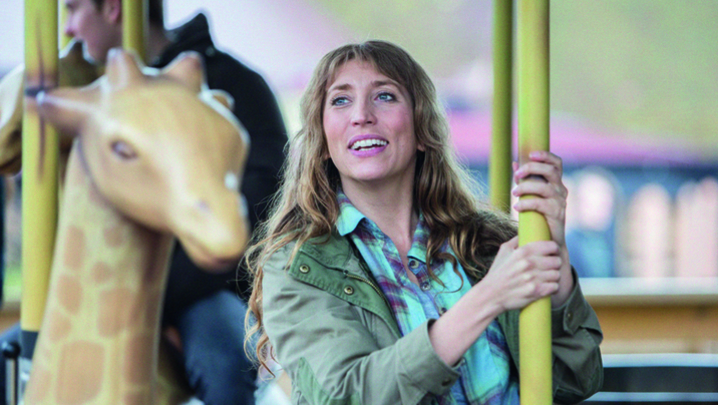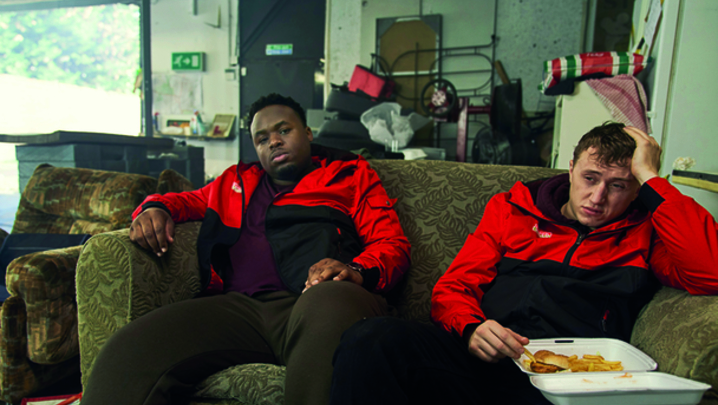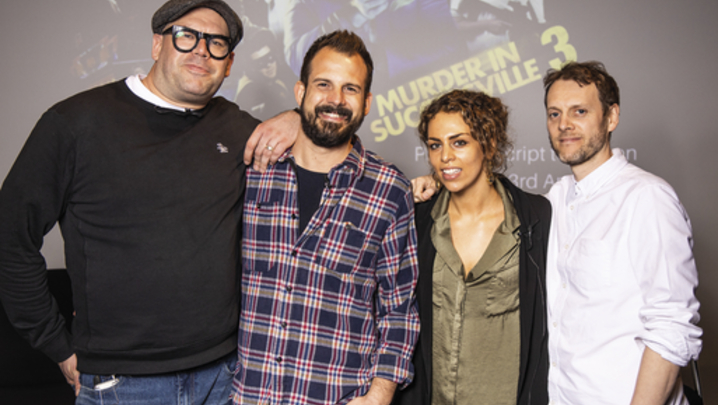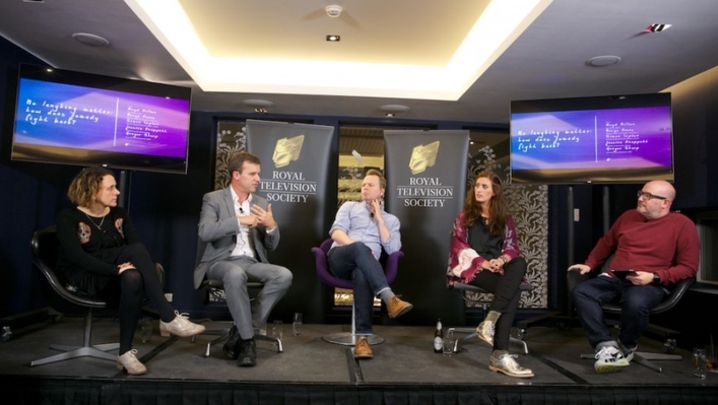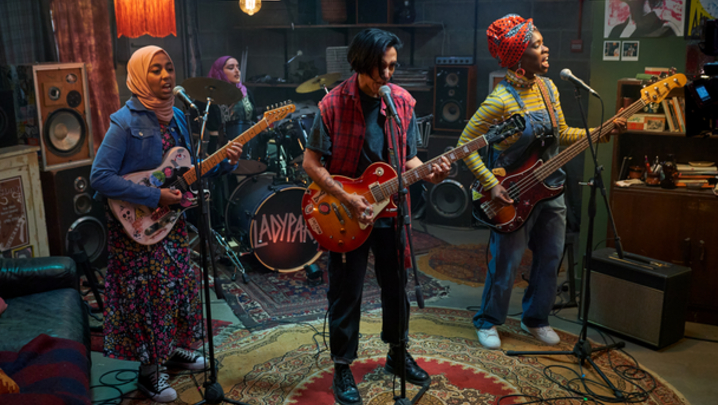ITV2’s award-winning Timewasters blends jokes, jazz and time travel to tackle big themes such as racism, learns Matthew Bell
Timewasters has charmed critics and attracted healthy audiences with its mix of jazz, time travel and good jokes. Notably, it also has an all-black leading cast but, according to its creator, Daniel Lawrence Taylor, it is, “first and foremost”, a comedy.
The ITV2 show has much in common with its Channel 4 contemporaries Derry Girls, which is set against the backdrop of the Troubles in Northern Ireland, and Home, featuring a Syrian refugee. The show finds “comedy in dark places”, said Taylor, adding: “Racism is ridiculous, so finding the ‘funny’ in that is fun.”
The first series of Timewasters, in autumn 2017, catapulted the four lead characters back in time – from a south London lift – to 1926, where they were hired as a jazz band. It was the most watched new comedy of the year for 16-to-24s on any digital channel in the UK and won Taylor the Breakthrough Award at the 2018 RTS Programme Awards.
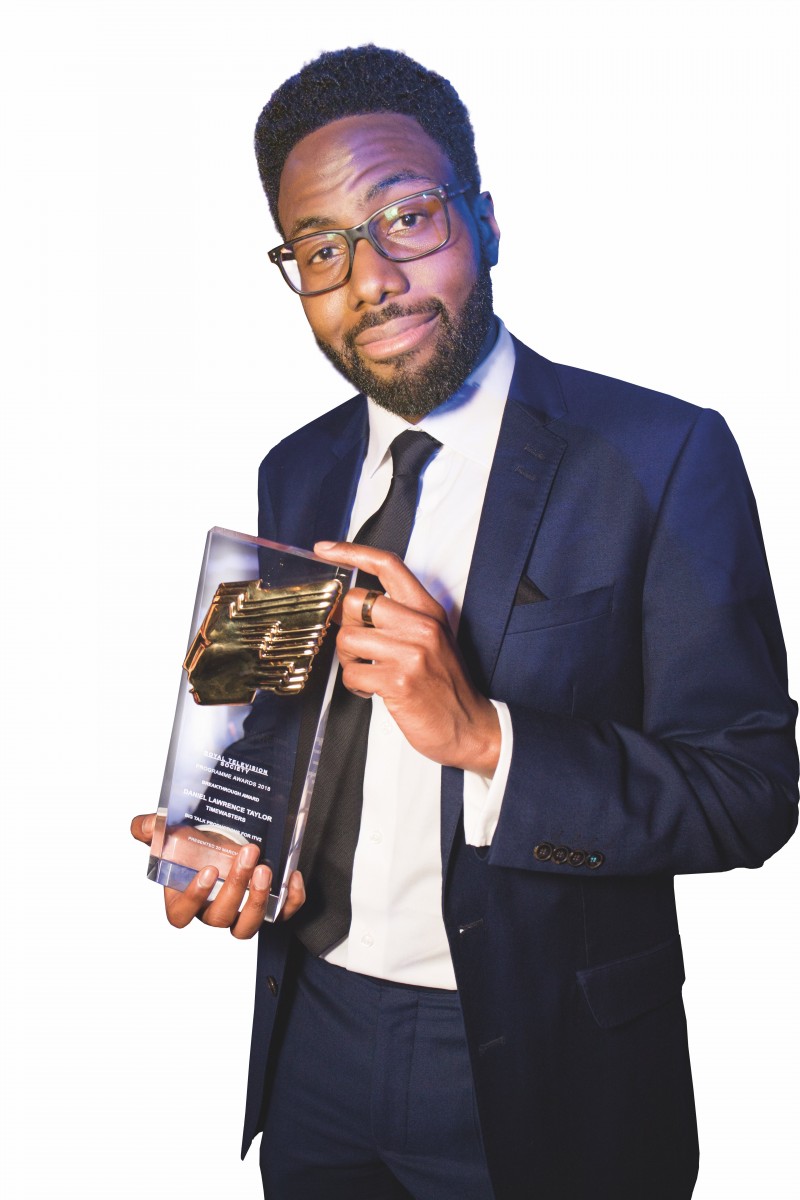
(Credit: Paul Hampartsoumian)
Series 2, which finished its run this month, moved the action forward to 1958, where the quartet encounter rock ’n’ roll and the Windrush generation – and accidentally trigger the Notting Hill race riots.
At an RTS London event in early April, three of the four leads – Kadiff Kirwan was in the US – and director George Kane discussed the show, which is made by Big Talk Productions. “I wanted to write a comedy for young black actors and I saw that shows such as The Inbetweeners, Drifters and Plebs were doing well,” recalled Taylor, who also plays Nick in Timewasters.
At the time, Taylor was learning the trumpet and thought it would be “cool to write a show about an all-black jazz band”. Next, he decided to set it in the 1920s, before introducing a “high concept” – time travel. “And then,” he added, “I came up with a title, Black to the Future.”
In fact, the title didn’t survive a legal intervention from Universal, which made the Back to the Future movies. “Even though the theme of blackness is so embedded in the show, first and foremost, it’s a comedy. So, weirdly, I’m quite glad it now has a different title,” said Taylor.
He had written for his former comedy duo Ginger and Black, but this was his first script for TV. With the help of a script editor, Timewasters went through a series of drafts: “In the first draft, the characters and the world were pretty much there, but [in later drafts] there were better jokes and storytelling.”
The cast – none of whom had worked together before – was assembled from auditions, before Taylor held a reading. “We all knew it was special that so many black faces were going to be on screen – there was real excitement,” he recalled. “ITV2 seemed like the right fit. Timewasters came at that moment when the discussion about putting more black talent on screen was [happening],” said Taylor.
“After it went out, I heard that Channel 4 and BBC Three were both pissed that they didn’t have it, which is a really lovely thing to hear, because it means that they’re going to go out and – hopefully – try to find their own version.”
Adelayo Adedayo (who starred in the BBC Three sitcom Some Girls), plays Lauren, and was the last of the cast on board. “I like how brazen Lauren is: she says whatever she wants to say and [actors] don’t get to do that often”.
“I had a read-through with the guys and it was a lot of fun,” she recalled. The cast bonded immediately, so much so, that “everyone thought we were a group of mates”.
Samson Kayo plays the endearing Horace. “I instantly had a feeling that [Timewasters] was going to be something [special]. As well as the [great] writing, it seemed important for us, as black actors, to have something on a big channel,” he said.
Kayo is clearly a star in the making. At this year’s RTS Programme Awards, he was nominated in the Comedy Performance– Male category for BBC Three sketch show Famalam.
He also co-created and starred in a new sitcom for Dave, Sliced, and has landed a part in 20th Century Fox’s adaptation of comic book series Mouse Guard, playing a “William Wallace, Braveheart-type mouse”.
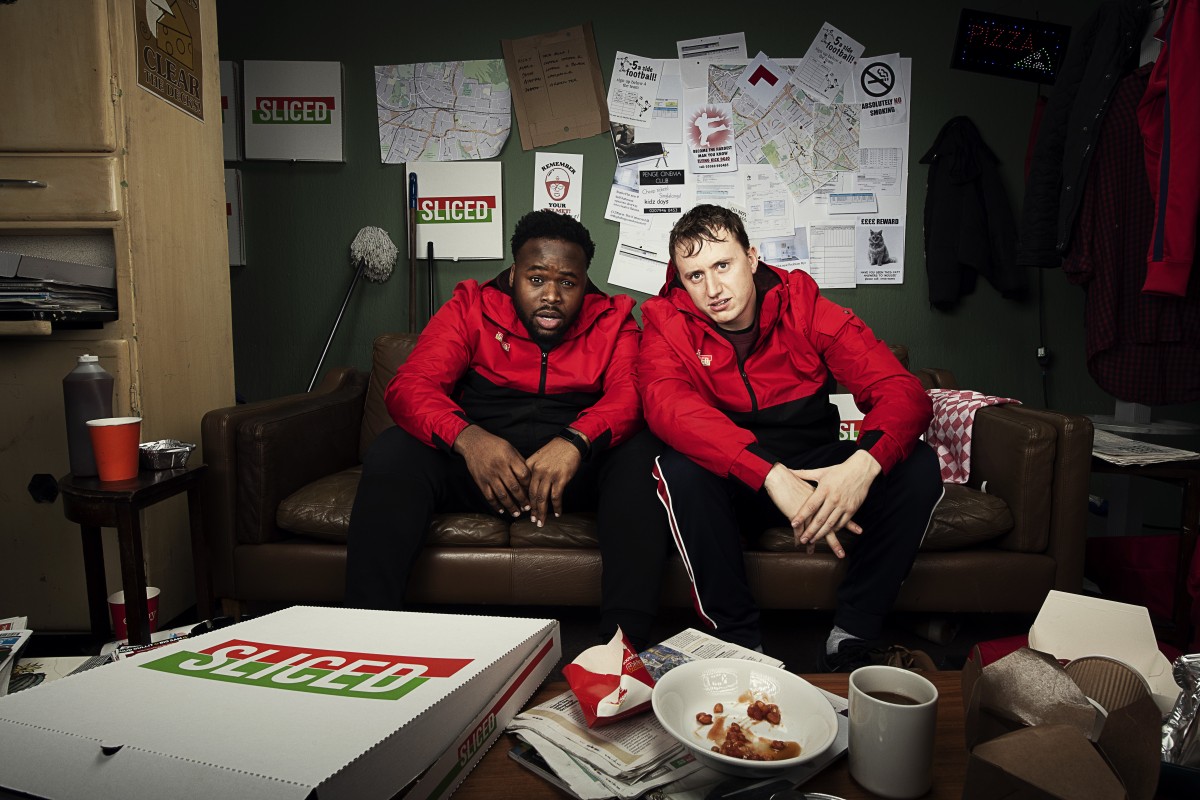
Taylor is currently discussing a US version of Timewasters with CBS – with rapper LL Cool J as a potential producer. “We are hoping to get the ball rolling,” he said.
The cast is willing ITV to commission a third series in the UK. Indeed, Kayo turned down a US show, which would have committed him to working more or less full time across the Atlantic for the next few years, to stay available for home-grown productions.
The actor volunteers at an adventure playground in East Dulwich, near to where he grew up. “All these kids come up to me and are really excited, so I wouldn’t want to go over to the US and not create any more UK content,” he explained. “If the kids want to be actors, [I don’t want them] to see that that’s the route, flying off to [the US].
“It’s not the case that we can’t make programmes [in the UK] – because we are.”
Techniques for time travelling
‘There aren’t too many high-concept sitcoms about, so, as a director, I could do something more cinematic with it,’ explained George Kane, who directed both series of Timewasters. A graduate of Ireland’s National Film School, Kane recently helmed three episodes of W comedy-drama Flack.
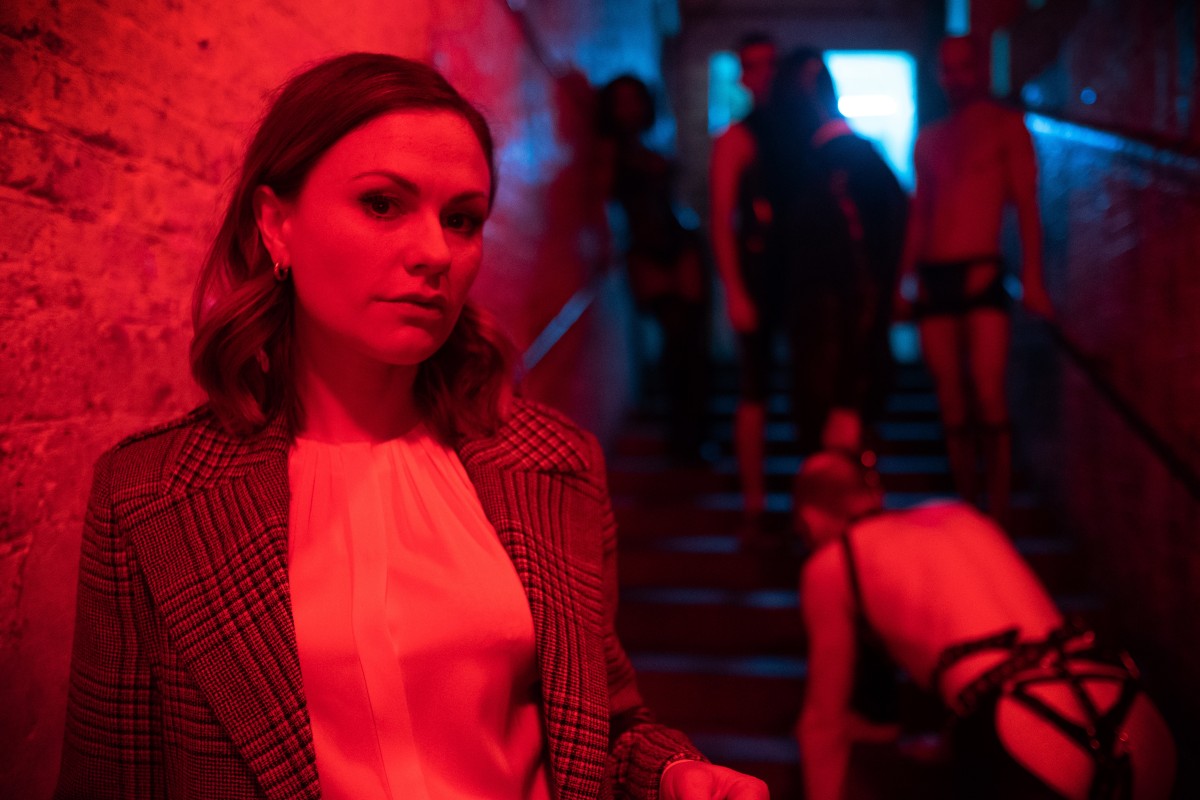
‘In the modern day [sequences], there are a lot more hard surfaces, straight lines, locked-off [fixed camera] shots and fluorescent lights, and I used colours that I wasn’t going to use in the 1920s. When we go to the 1920s… I avoided certain colours – there’s no blue in it. All the props and costumes fit this colour scheme… My choice was also to go hand-held once you hit the past, so it feels a little bit more unpredictable.
‘We shot it all in Liverpool, because [it has] these great Georgian terraces and cobbled streets. Peaky Blinders was shot there.
‘When [the actors] landed in the 1920s… [I used] a 360° shot that moves past horses, carriages and old cars, and then lands on the gang.… We’d cleared the street and we were about to shoot it when someone parked their motorcycle in the street and wouldn’t move it, so we had to wheel a carriage in front of it. That [shot] was a real challenge, technically, plus it was snowing half the time during the shoot.
‘For the second series, in the 1950s, I referenced movies from that period… very rich Technicolor movies… with a really vivid look, plus particular colours such as pastel blue, red and yellow.
‘The atmosphere [on set] is really great.… Everyone sparks off each other so well – as pressured as [shooting] can be, there’s got to be time to play and mess about. If you’re completely stuck to the script and schedule, you can stifle some of the energy.’
The RTS London event ‘Production focus: Timewasters’ was held at Atos in central London on 3 April. It was chaired by BFI lead programmer Justin Johnson and produced by James Cordell.

